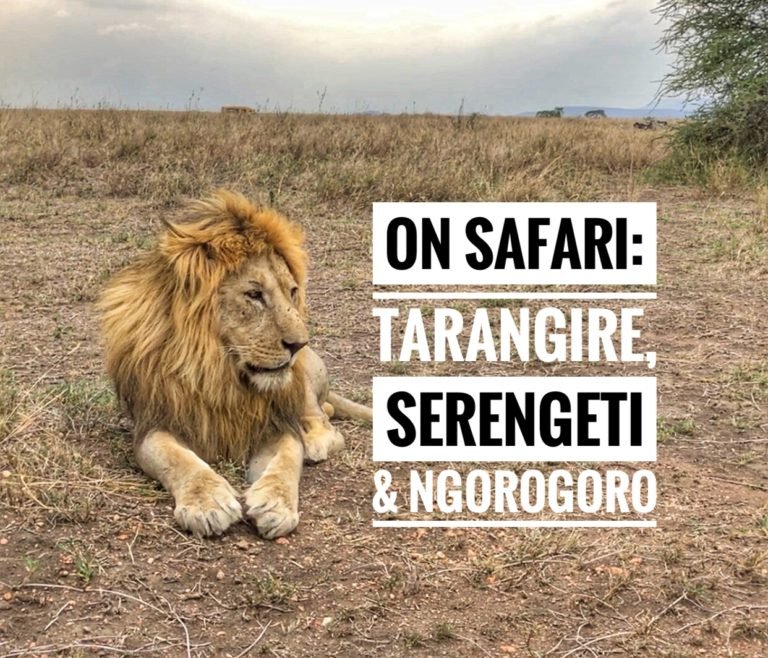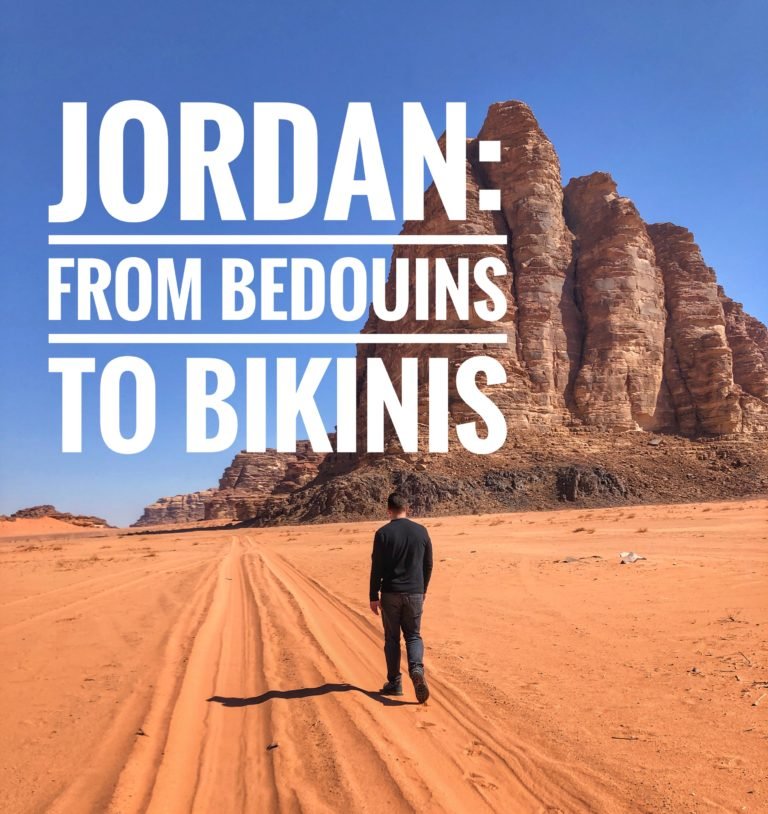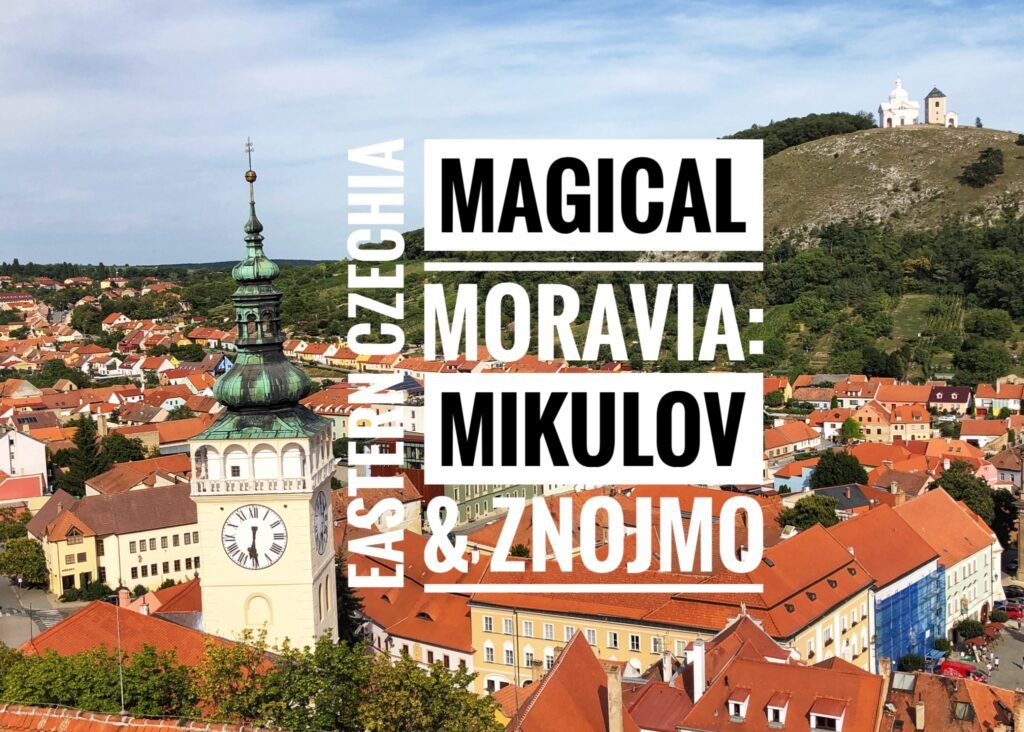
We had officially entered Moravian Czech wine country, a magical place that seems to be plucked out of the Mediterranean, and dropped into southeastern Czechia. Moravia, a lesser visited region of the country has a distinctly more Croatian/Italian feel, lightness, and warmth about it than its sister region, Bohemia. Not to mention, with a four-hour train journey between them ($10/ticket) you undoubtedly won’t be battling the crowds of tourist magnets like Prague and Cesky Krumlov.
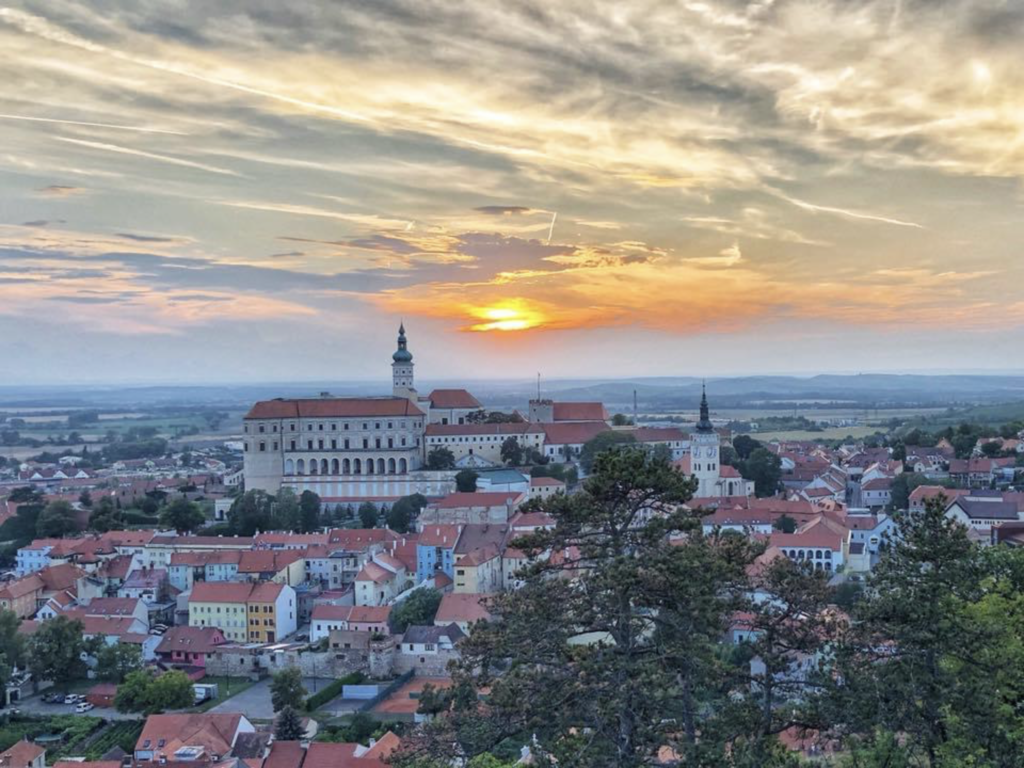
Mikulov
It’s easy to see why Czech poet Jan Skacel referred to Mikulov as a “piece of Italy moved to Moravia by God’s hand. Mikulov is perhaps our new favorite Czech gem that, to us, rivals popular Cesky Krumlov, but lacks the tourist crowds. Mikulov has a hulking and gorgeous chateau, a unique sight Holy Hill catches your eye as it sits perched gloriously atop a beautiful limestone massif, and multiple Baroque and Renaissance spires pierce the skyline.
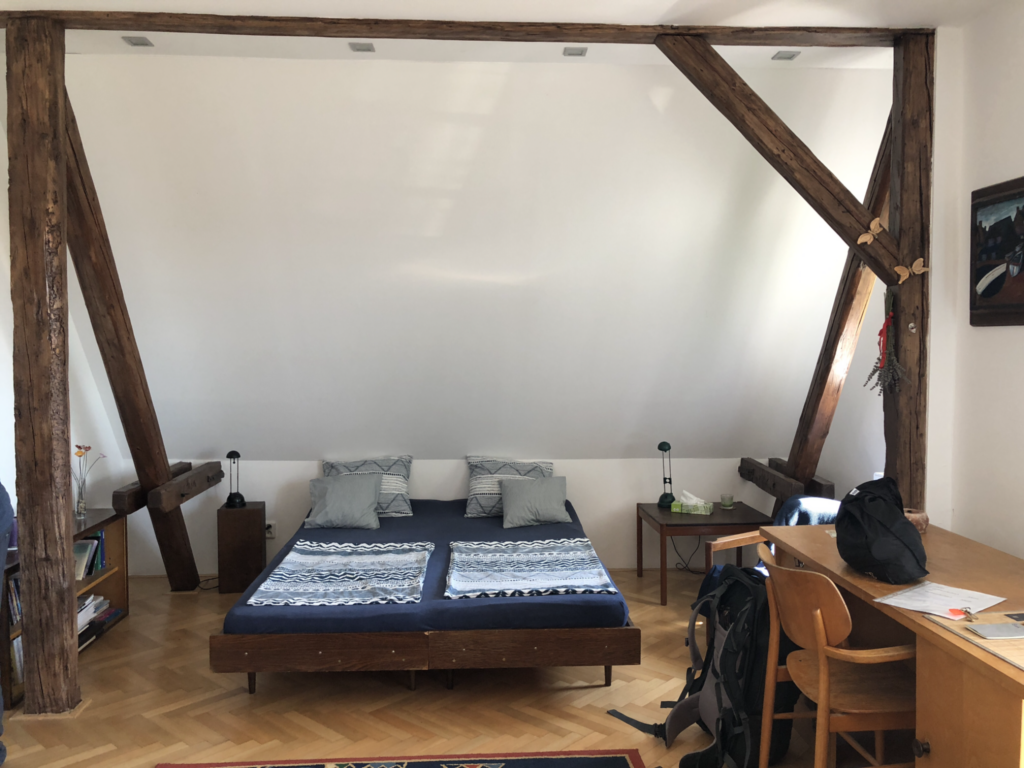

Arriving here, as we departed the train station, we rolled onto the the narrow and steep alleyway streets cobbled with limestone, as if stepping into a storybook Moravian village, infused with a lovely Mediterranean warmth.
We were welcomed into our AirBnb loft where we stayed with Alena, his wife and their adorable miniature schnauzer for three nights ($31/night). Upon arriving they whisked us onto our private patio, which had a clear view into Austria, for our first savor of Moravian white wine and a plentiful pile of grapes from which it was delightfully made onsite.
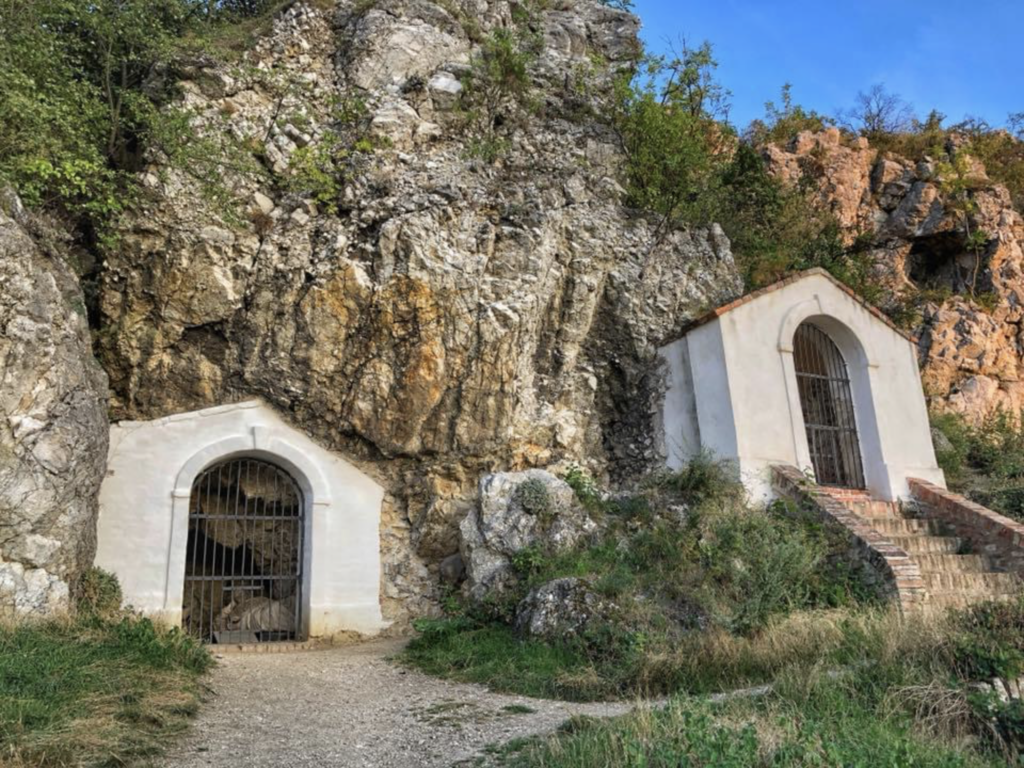
After filling our tanks with wine, it seemed like a good idea to take the pilgrimage walk to the top of Holy Hill, a 1km path, up steep slopes to the 363 meter peak. Along the trail to the top, we passed through a nature reserve which was dotted with several grottos and religious depictions of the stages of the life of Christ, or the Station of the Cross. Built into the white limestone rock, these monuments helped to lend the hike a delicious Mediterranean ambience.
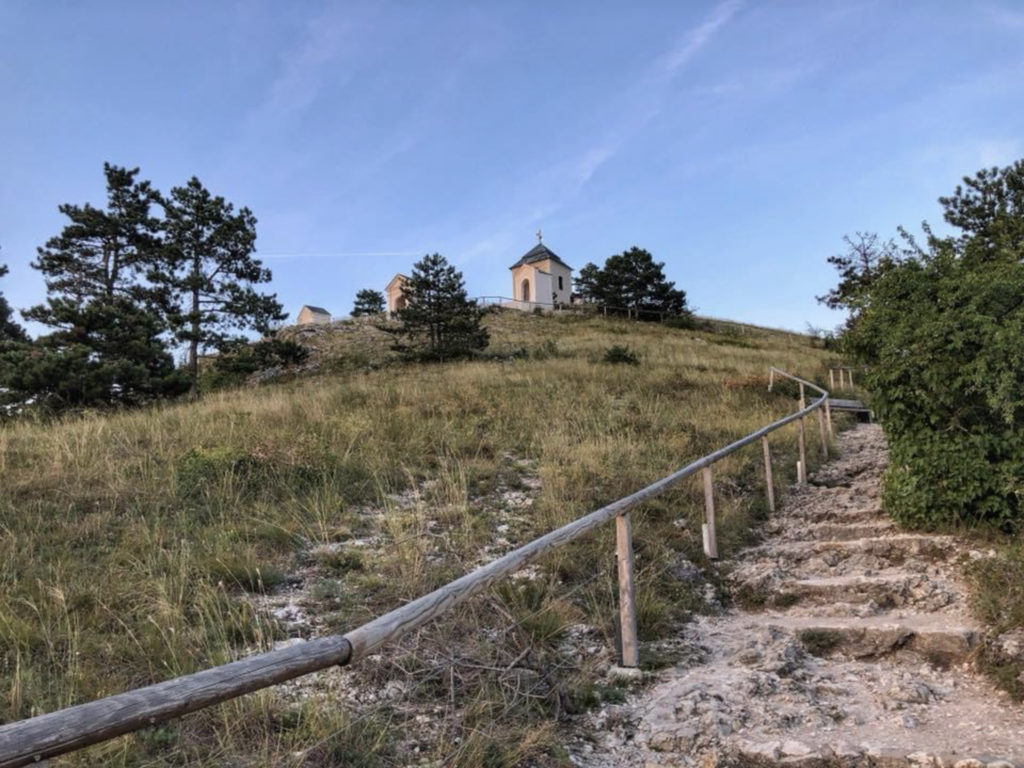
… The climb continues up! If you’re doing this in summer we recommend doing the hike at sunset to avoid both the crowds and heat. There is very little shade on the trail.
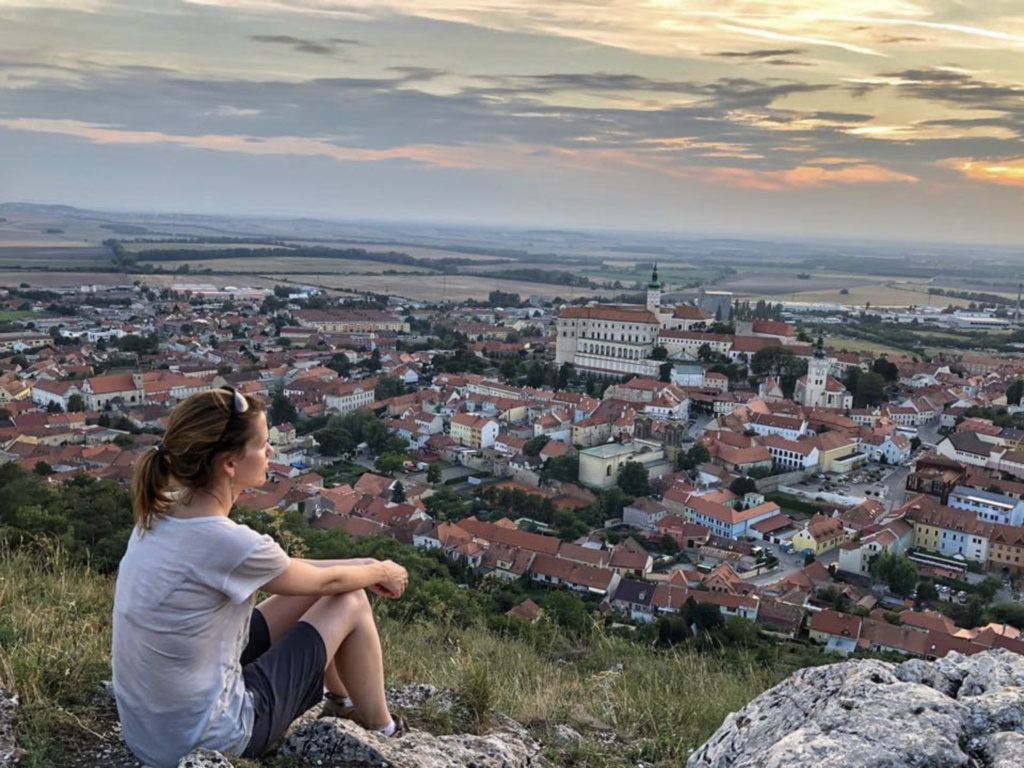
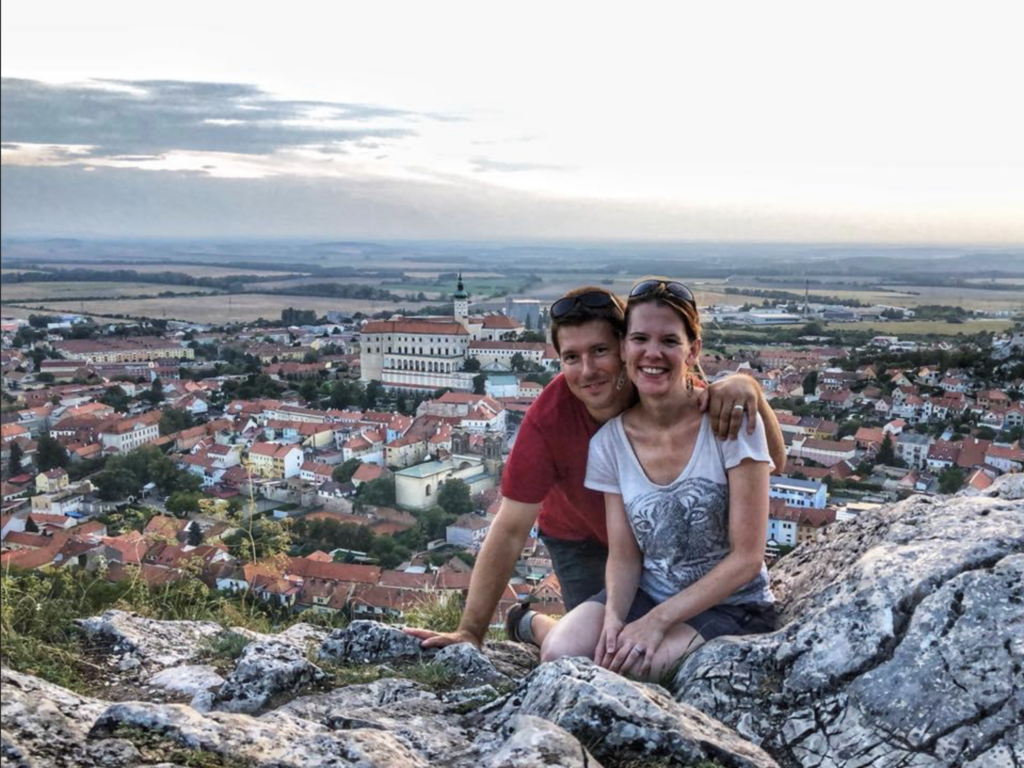
Oh and for this… at sunset!

Simply stunning!! We sat here til well after the sun had drifted behind those pesky clouds.
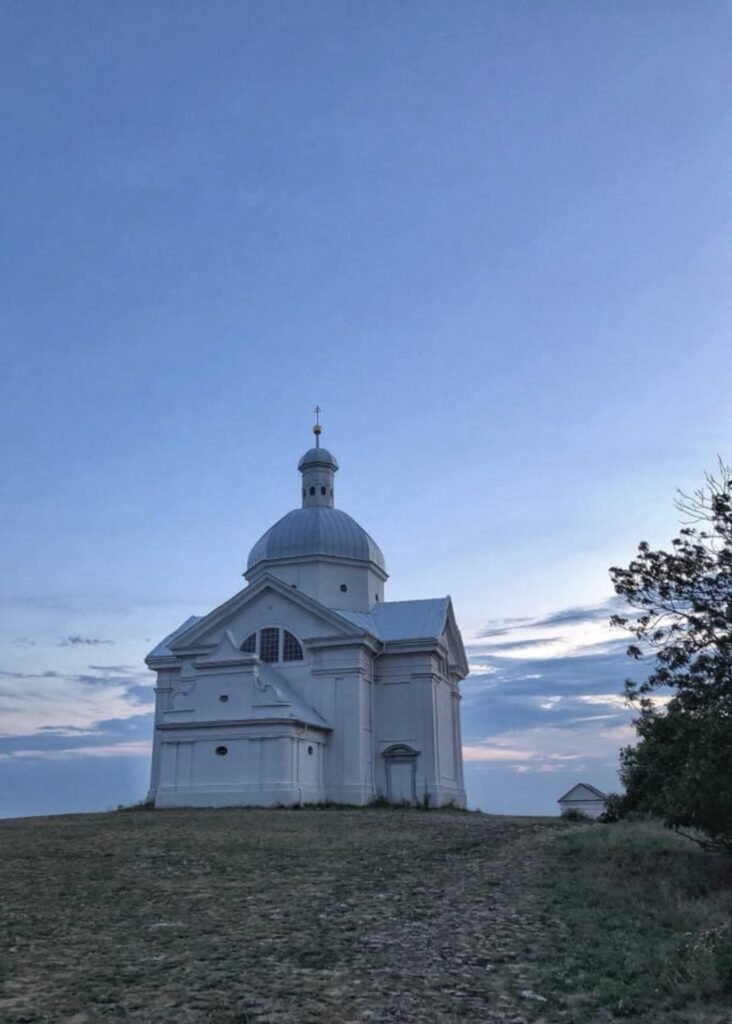
Also at the top, the Chapel of St Sebastian was evidently the first building to be placed on Holy Hill in the years 1570-1636 and was an expression for gratitude to God for overcoming the plague epidemic. The original church burned down and was replaced in 1679.
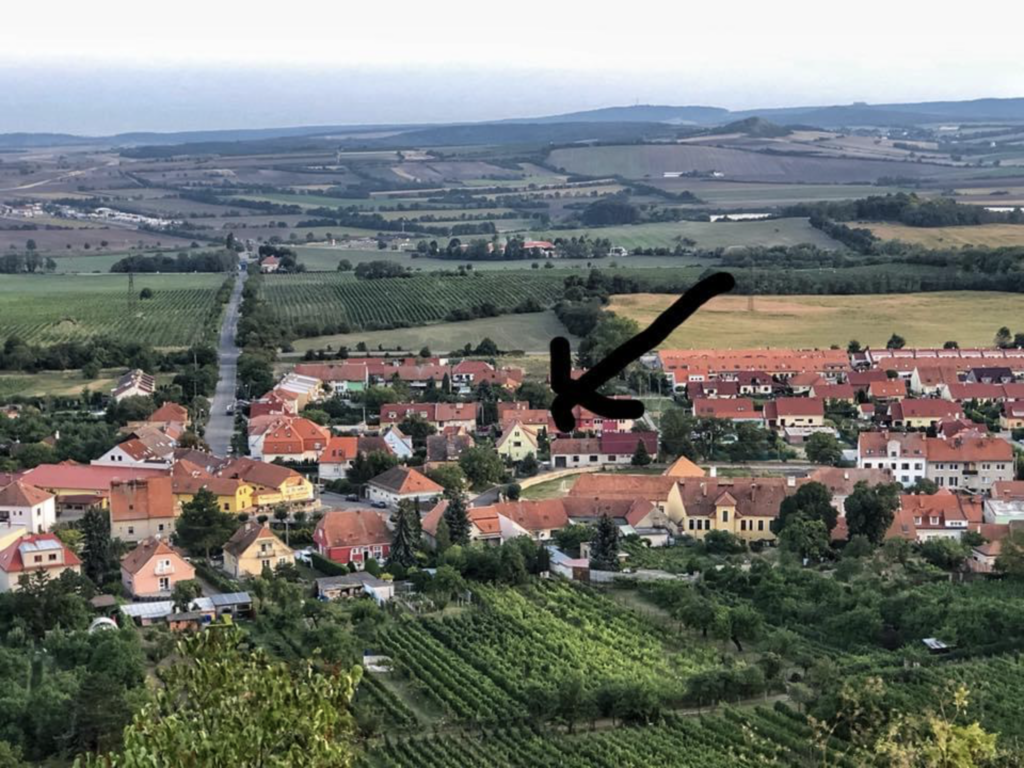
Another view from the top of Holy Hill. The little yellow house at the arrow, was our wonderful Airbnb home in Mikulov. On the horizon is Austria, with its numerous windmills and efficient environmental engineering on full display.
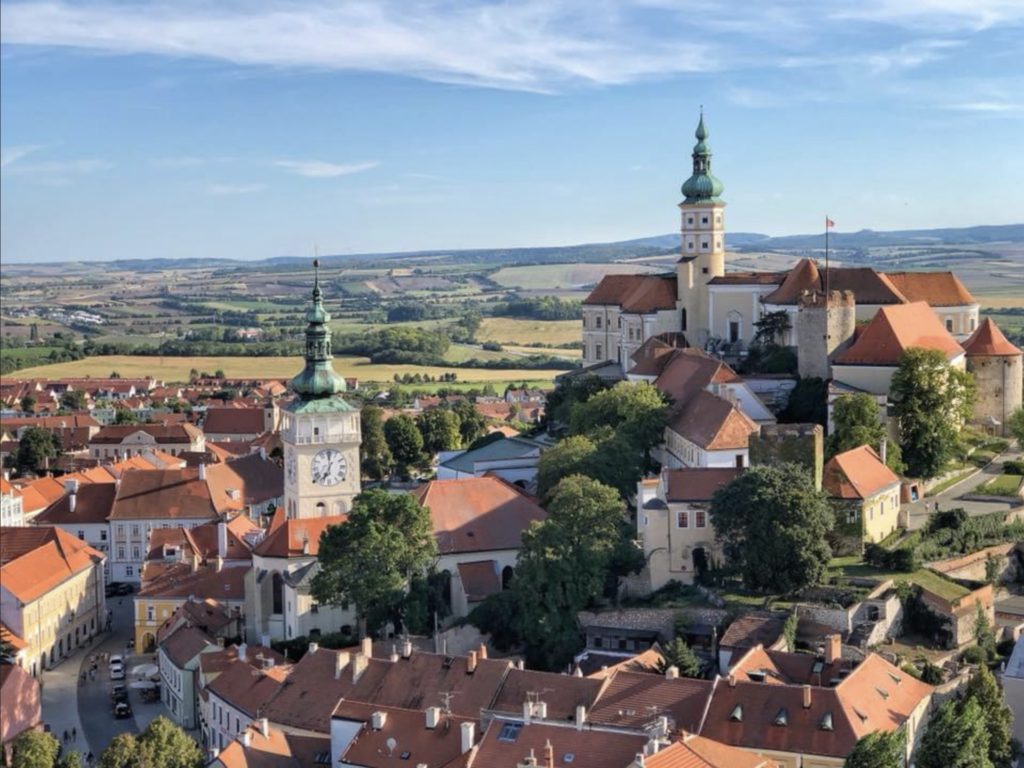
The next day we took the full day to explore Mikulov itself…this is the outrageous view you get as a reward from climbing up one of the medieval towers you can climb in the town center. ($1/each)
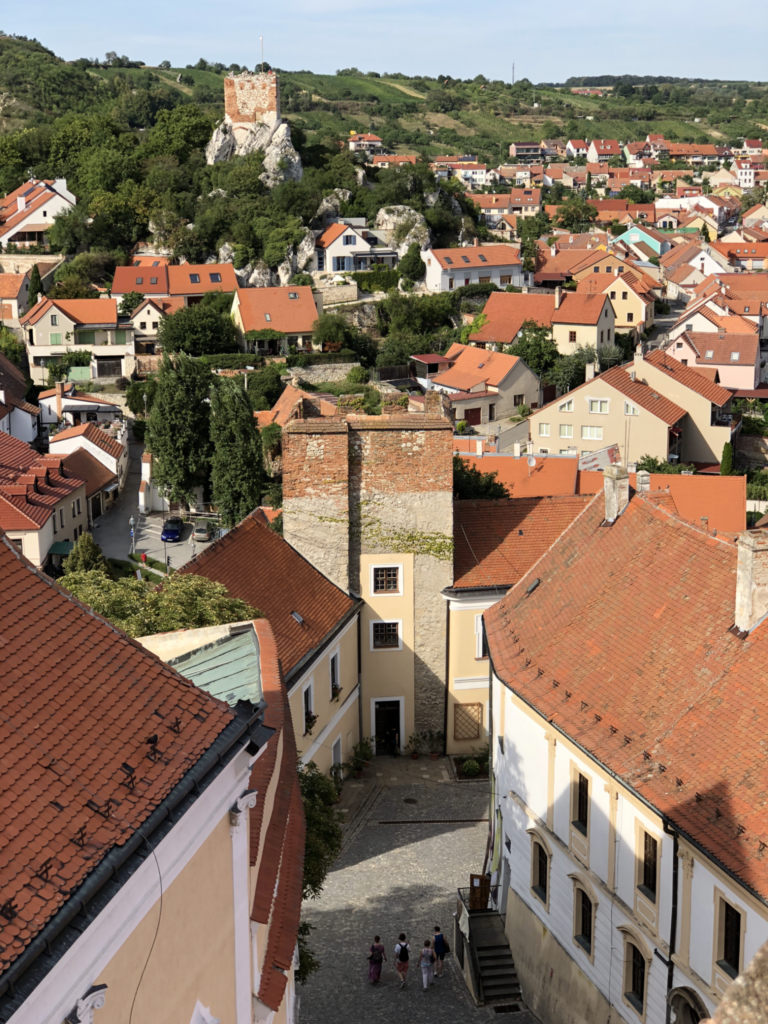
The town is dotted with several of these rock towers. The one we climbed up is in the distance, and know as “Goat Tower.”

At the top, a mischievous boy peeks out ready to discover something interesting.
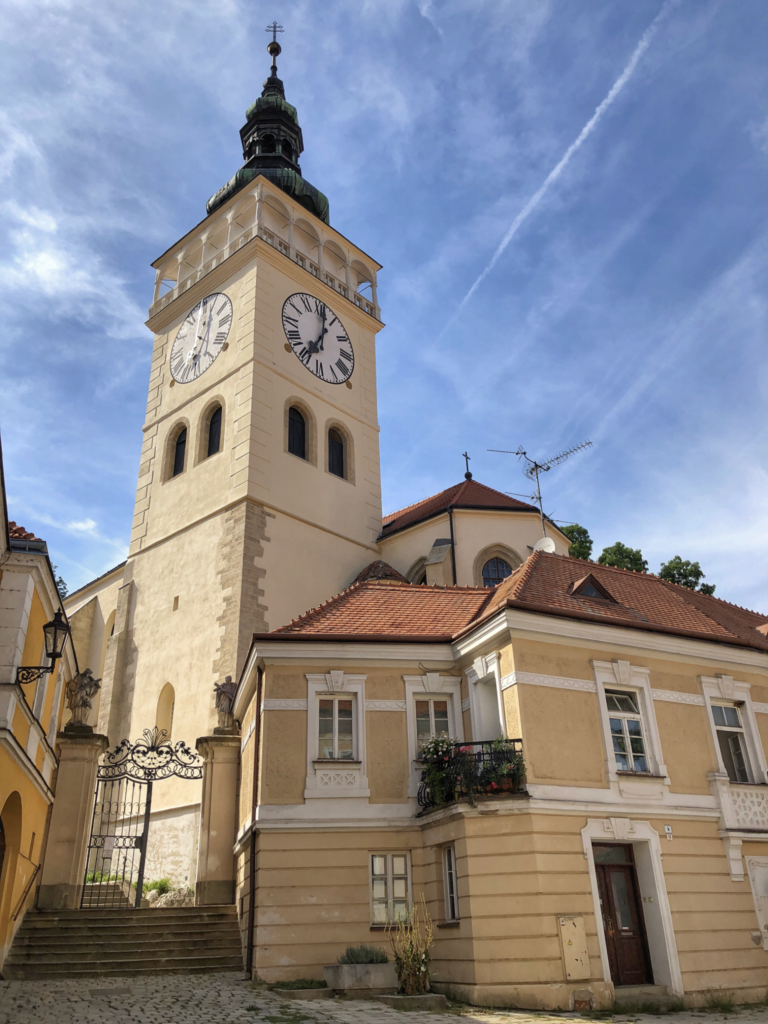
Probably the most striking and fanciful clock tower we saw in all of Central Europe…. it seemed to have Cinderella dashing home at midnight written all over it.
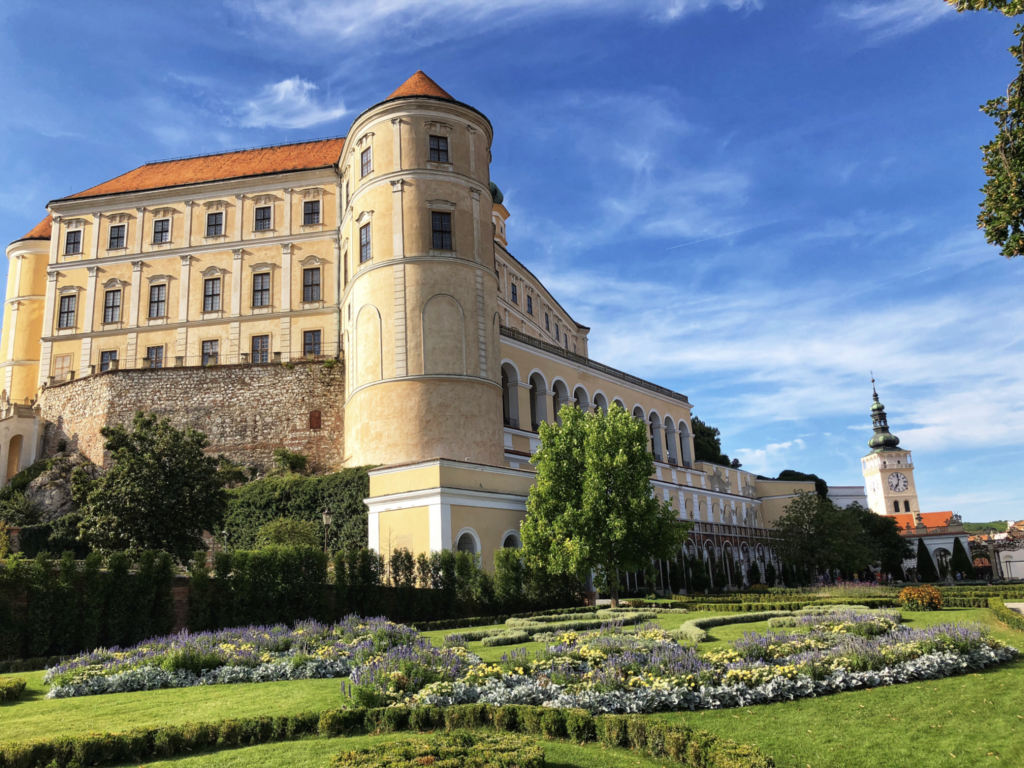
Next we headed over to the Mikulov Castle, which stands on a place of historic Slavonic settlement where since the end of the 13th Century, the original castle was erected. The present castle is the result of reconstruction in 1719-1720 under the princes of Dietrichstein. The end of World War II meant complete disaster for the castle, as departing German troops sadly torched it.
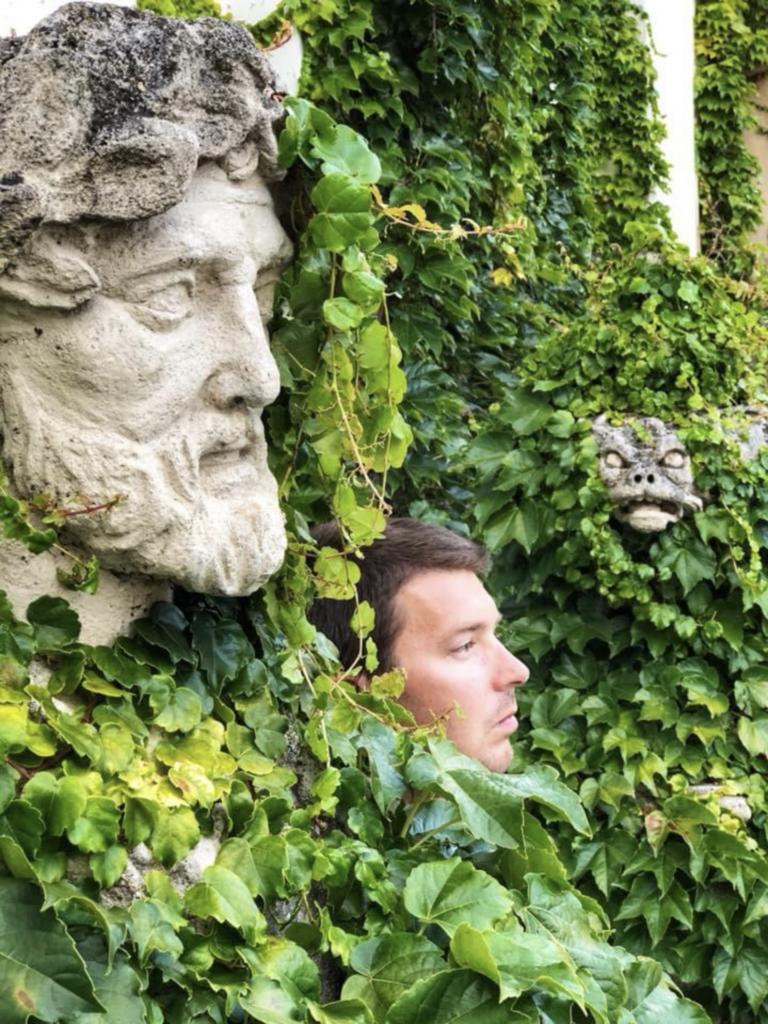
And surrounding the castle, notice how Greek and lifelike some of these statues look… Uncanny!

The historical square established at the end of the 16th century. The Dietrichstein Crypt is in the back left and the column sometimes known as “Plague Column” dots the square. The monument is crowned with the symbol of the Holy Spirit standing on the heaven sphere with clouds and little angels, as well as God the Father and God the Son.

Ending the day in Mikulov with our favorite Czech past-time…in an underground restaurant with beer…ahem….wine…and a very romantic atmosphere.
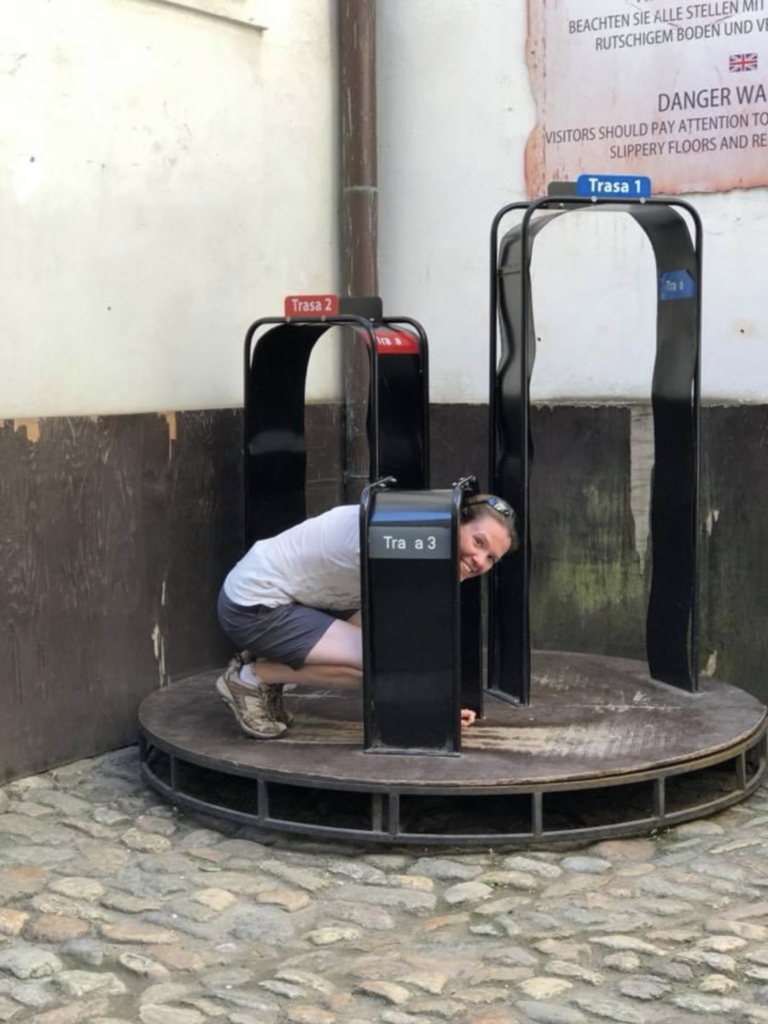
Znojmo
The next day, we headed to nearby Znojmo for the Znojmo Underground Tour. We were scheduled to do the “Adrenaline Tour” which involved squeezing through small spaces, and wet spaces (as Mandy attempts to do above) but unfortunately the guide was ill so we got bumped into the “classic tour” where you had the privilege of be able to stand upright, and remain dry. In the adrenaline tour we would have got to wade through water, climb ladders, in addition to squeezing and slithering. But…

The Classic Tour did not disappoint however. This one-of-a-kind fascinating labyrinth in Znojmo was a fully functional underground town in the 13th and 14th centuries. It all started as individual homeowners began digging cellars under their houses to act as refrigerators for wine and agricultural products bound for the market. However, with the rather turbulent politics of the 1300’s the value of these spaces changed from storage to protective shelters and interconnected hiding spaces/tunnels to safeguard the citizens from when the town was besieged or ransacked.
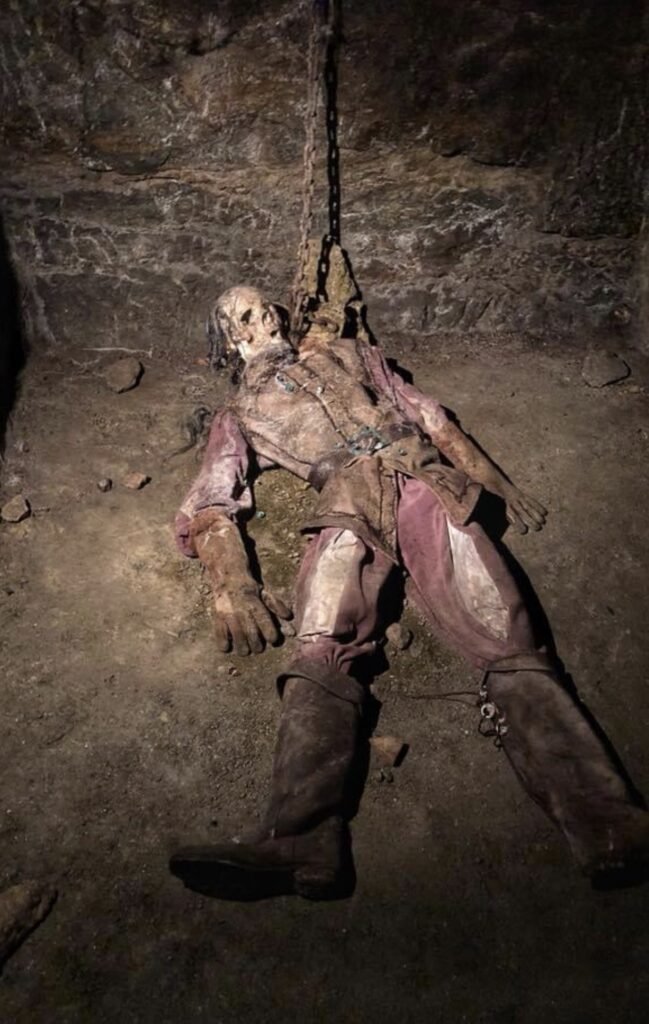
Some lessor community members got left behind… 😮

The largest underground caverns and passageways in Central Europe, they spread for 27 km and are intertwined and tangled together with stairs and ladders, in some places up to four stories/levels deep. The tunnels were painstakingly carved out of Granite, using labor intensive picks and advanced (for the time) mining techniques that involved superheating the rock with fire and boiling water to create fractures, then driving wood into the cracks and wetting the wood with water to make it swell and crack the rock.
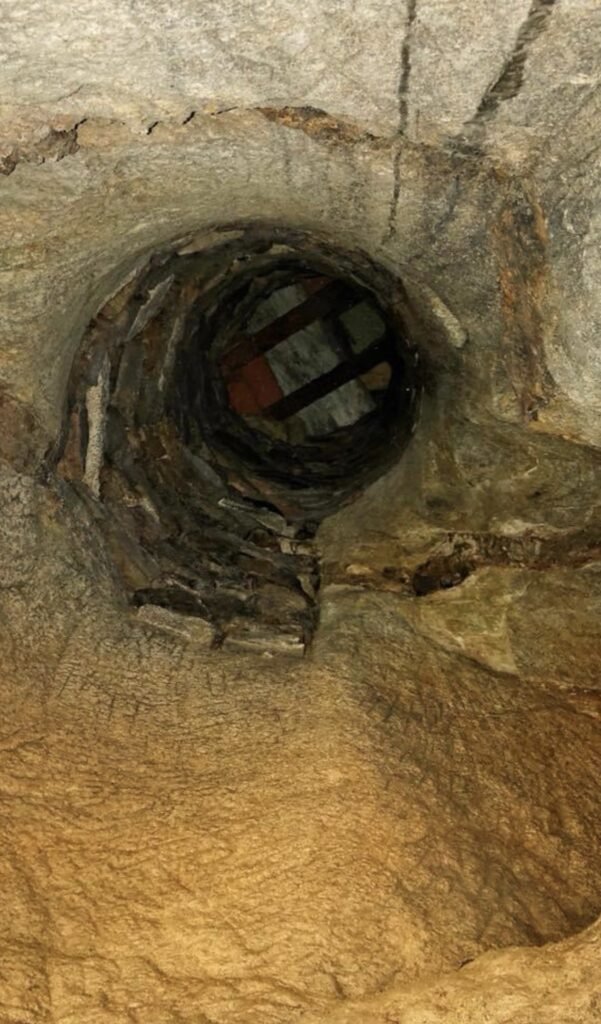
Amazingly, the tunnels had been engineered to allow for fresh air to enter into the underground through air vents, and smoke from fires was let out by smoke vents. Water supply was remarkably conceived through “Jesuit water mains.”
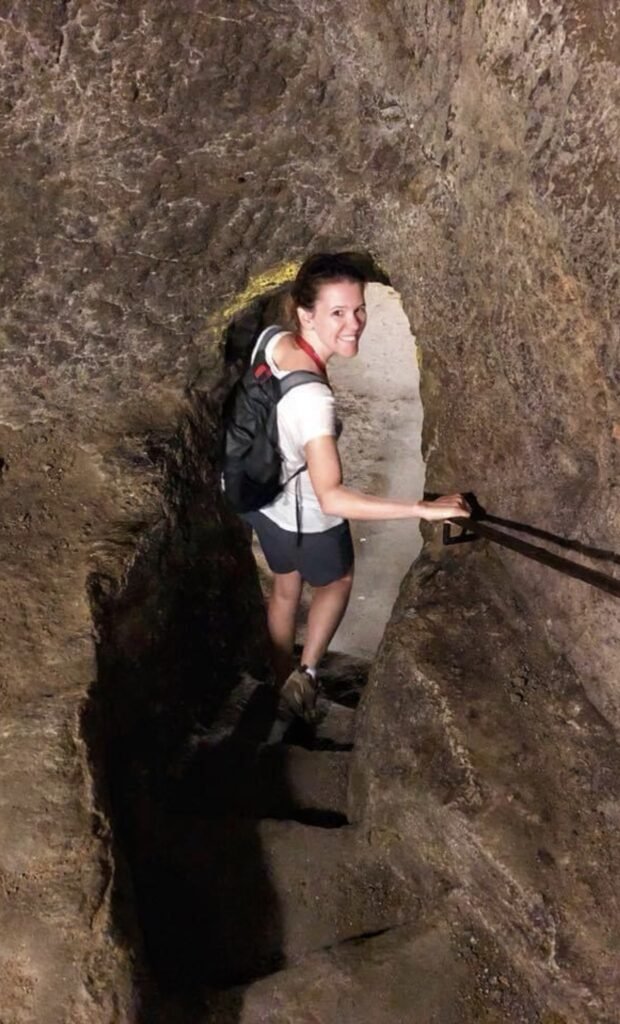
One of the many staircases taking you down level by level.
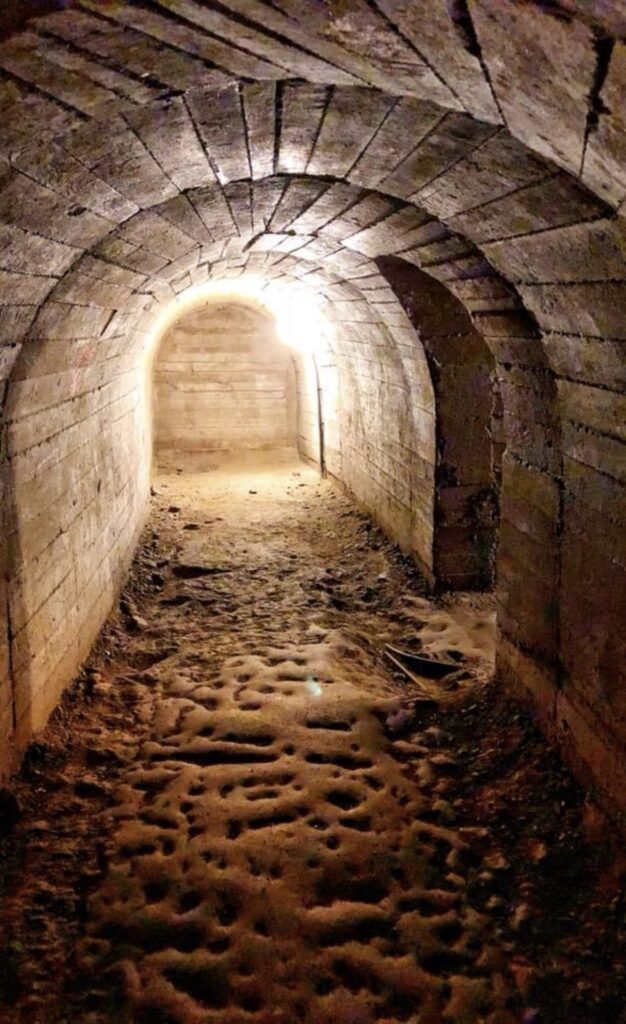
Walking through one labyrinth they turned the lights out on us! Instantly pitch black… we’d have been lost down here with it!
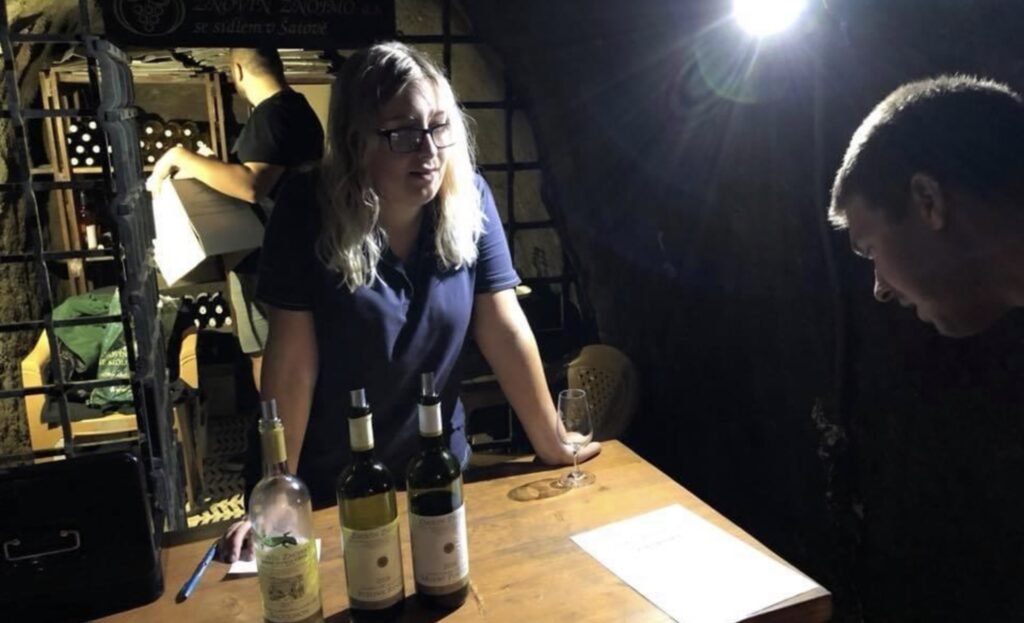
Around a corner… and a Moravian surprise! A wine tasting, inside the tunnels. Greg choose a veltlinske zelene, a dry light tasting white wine. Perfect pairing for the tunnels! Not really sure why, but this is what the wine lady said.
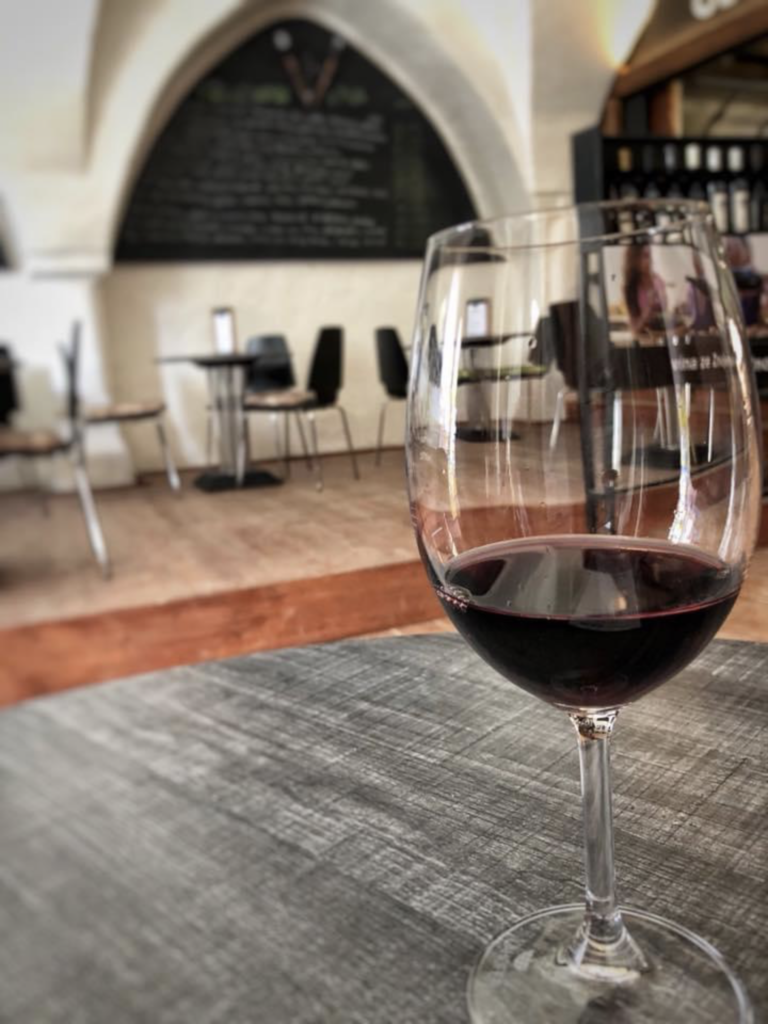
And after we got back into the sunshine, we switched to red. Oh the irony.
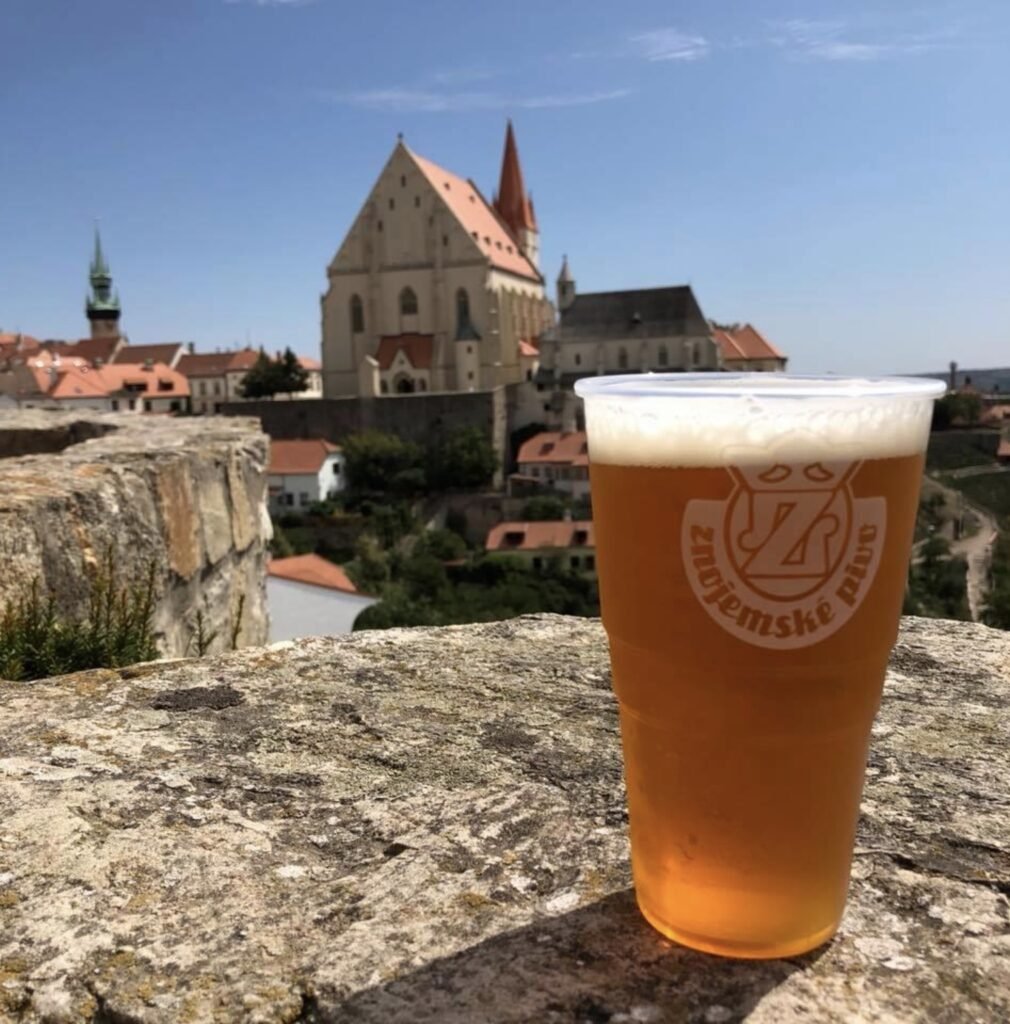
To make sure we were not playing favorites, we then had to have a local Znojmo pivo a bit later at the Castle. To this day, Greg claims this was the best beer he had on our entire 22-month journey. The setting made it pretty idyllic as well.

Znojmo also feature Rotunda of our Lady & St. Catherine, one of Czechia’s oldest Romanesque structures built in 11th Century. It was formerly used as a pigsty and beer hall and now is strictly protected.
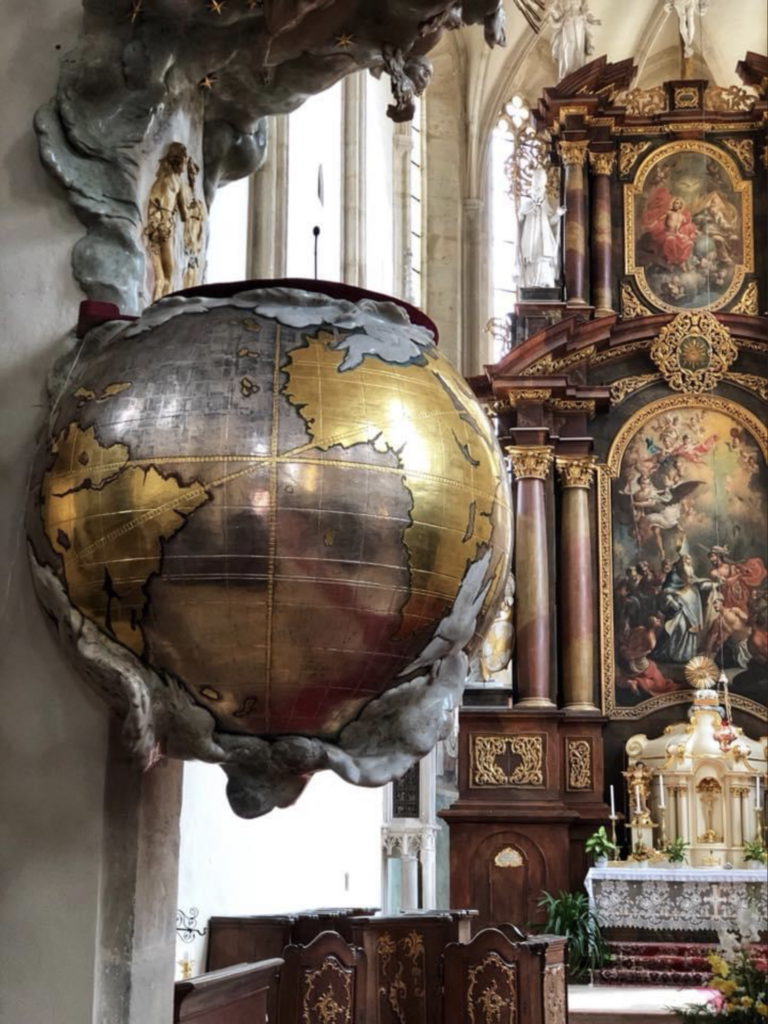
Inside the Church of St. Nicholas (not pictured) we found the most extraordinary pulpit. Notice that the globe showcases Africa and South America. North America is not present, and Europe is covered by ice. We want to know more…
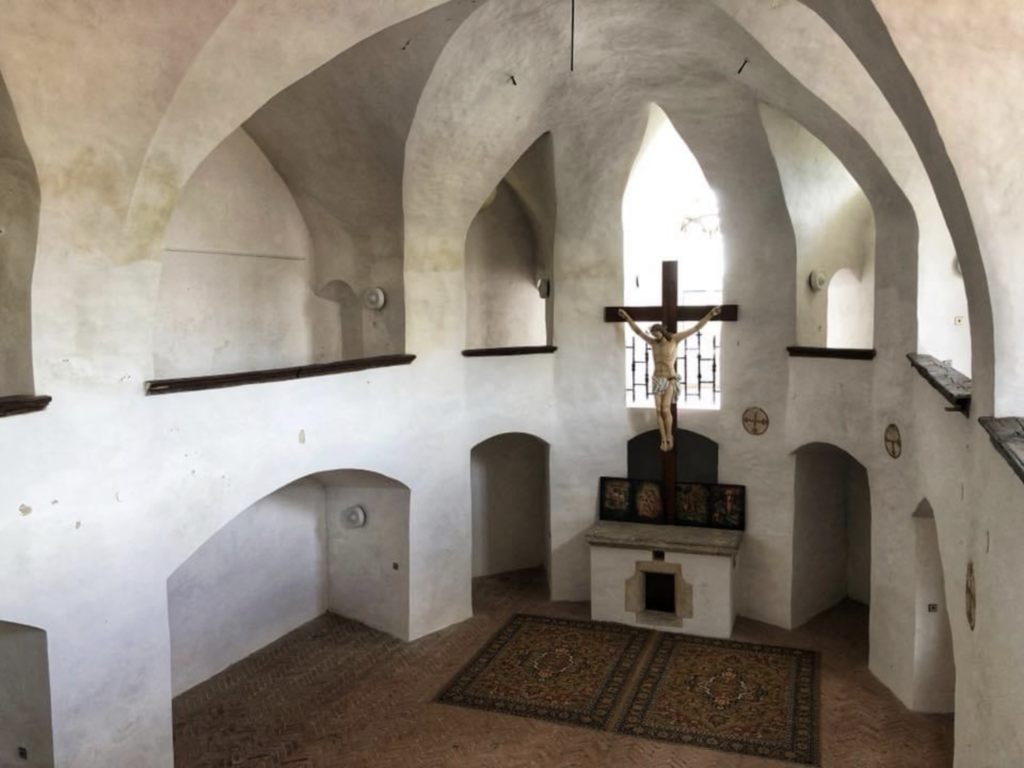
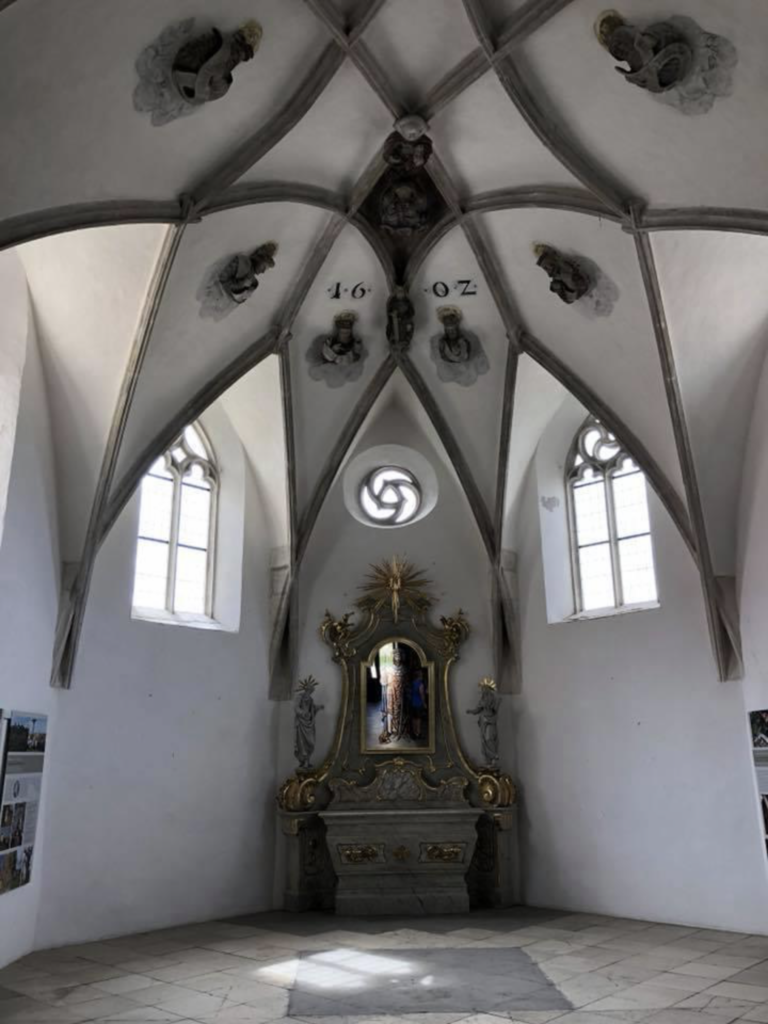
The more simplistic chapel nearby. We prefer it.

Streets of charming Znojmo, a wonderfully uncrowded and pedestrian friendly town.
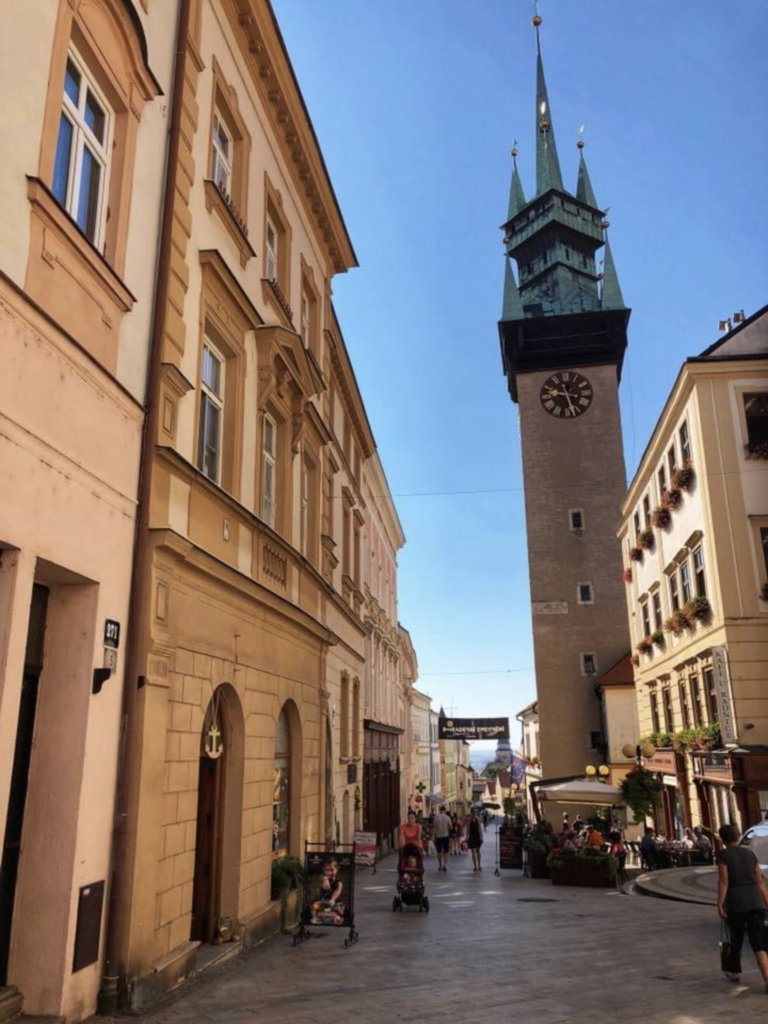
The handsome and scalable Town Hall Tower.
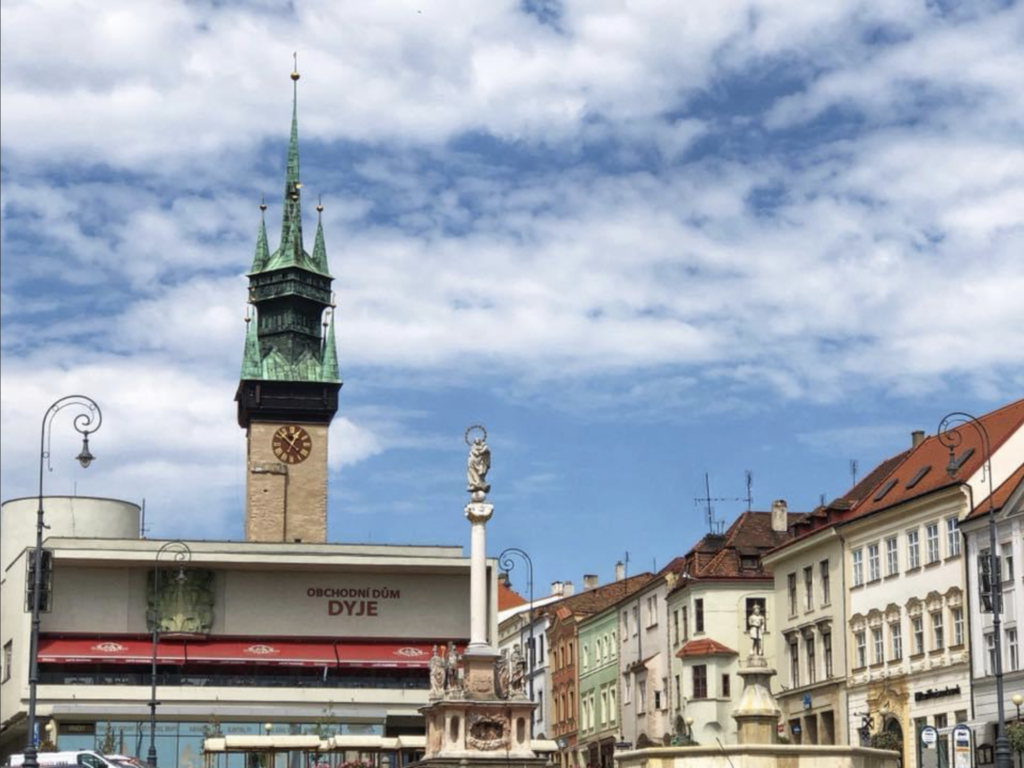
An unfortunate leftover built during the communist days lingers below the watchtower. We learned during the building of this tremendous eyesore, concrete pilings were driven deep into the ground here, obliterating several of the largest underground (and previously undiscovered) spaces in the tunnels beneath forever.
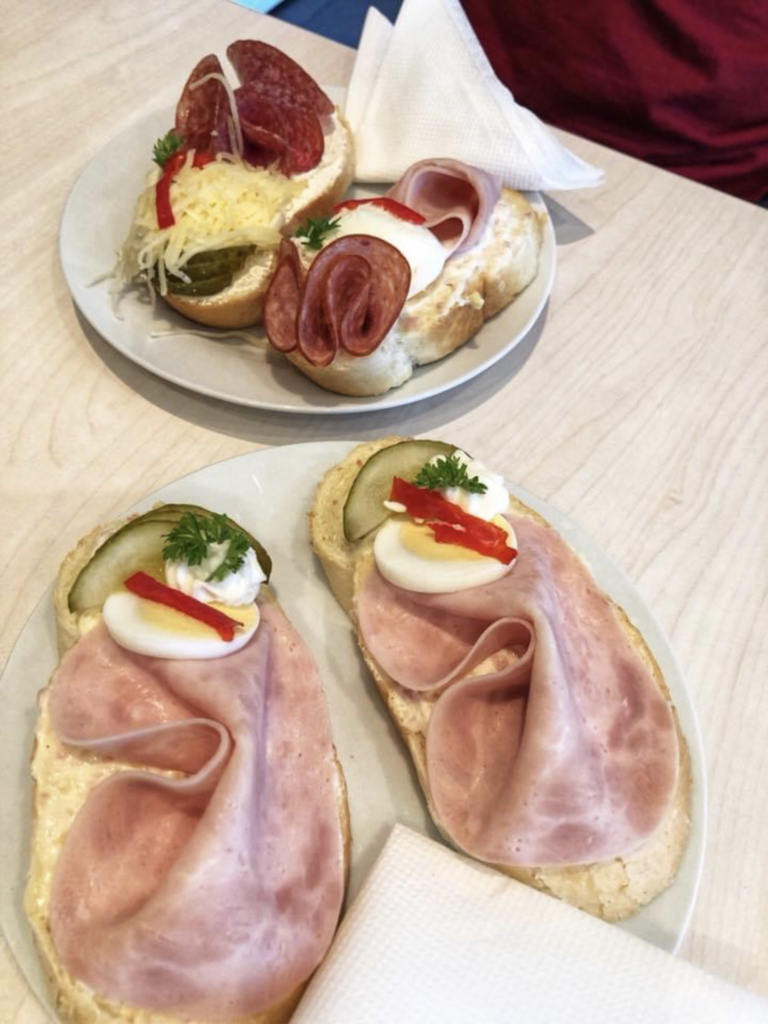
Savoring our last chlebicky, open-faced sandwiches, in Czechia before moving onto Hungary.

